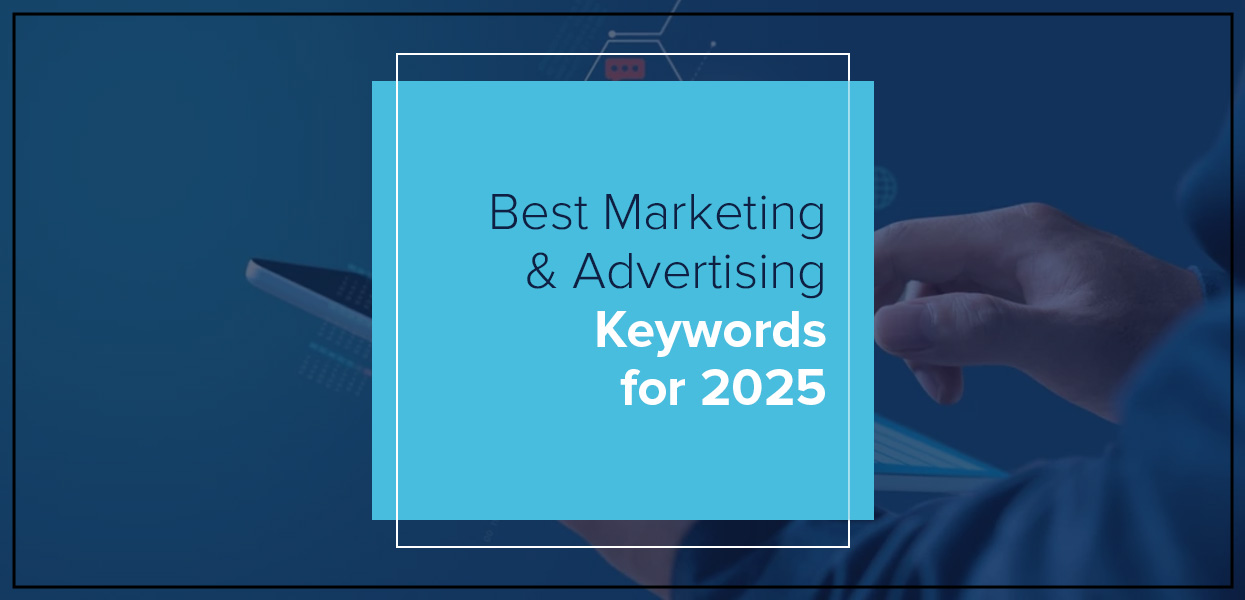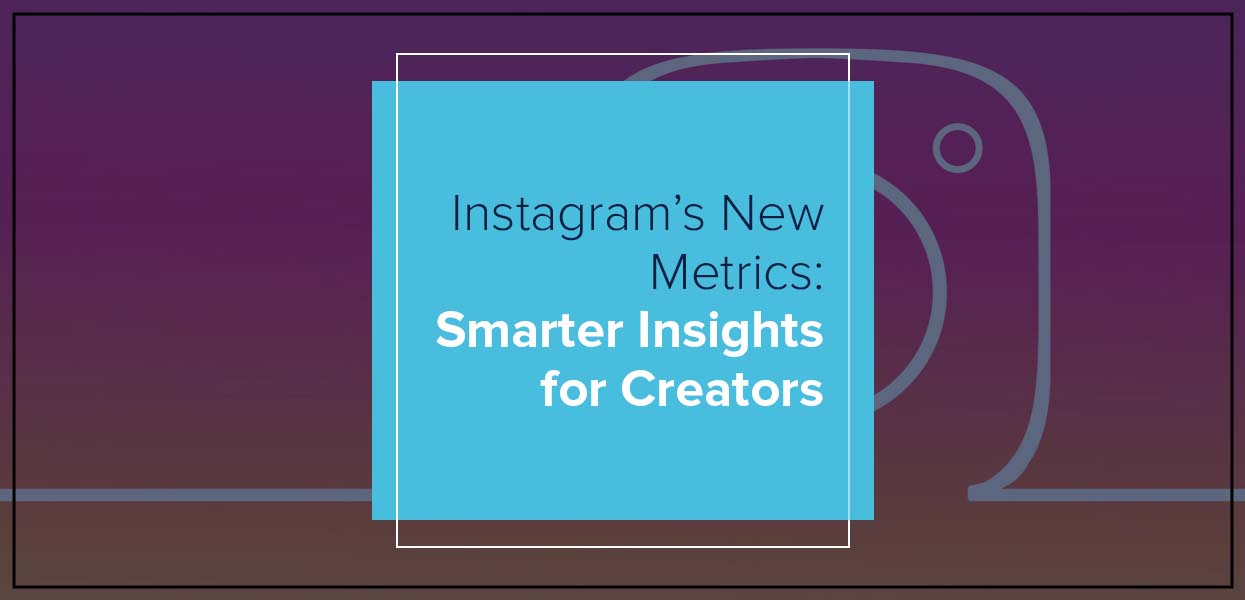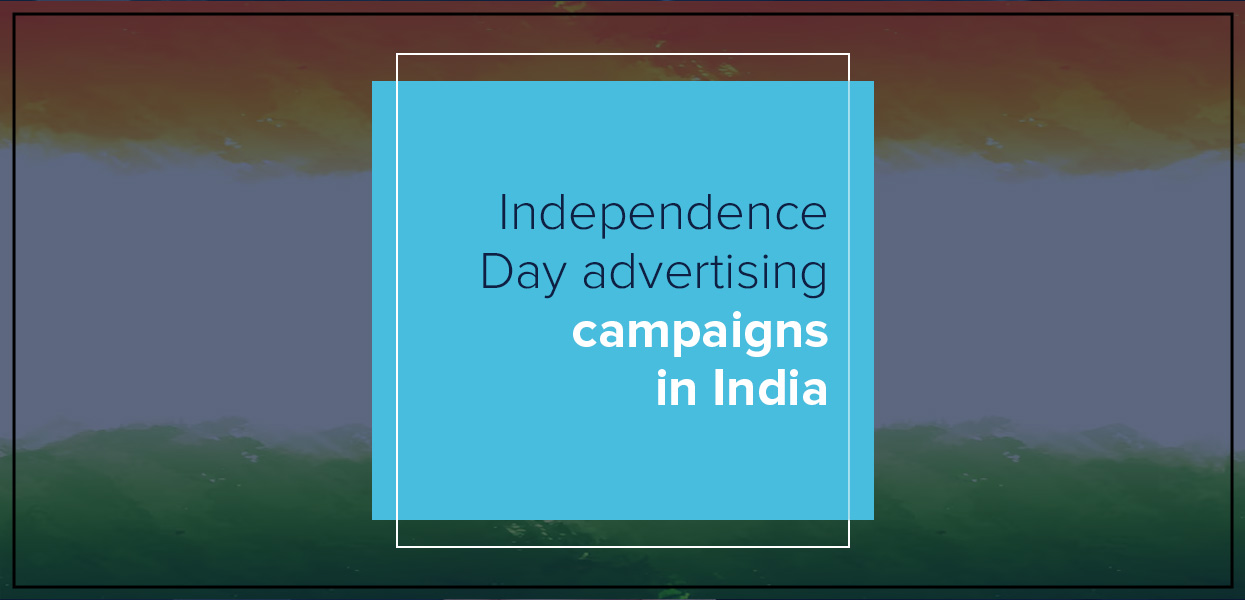What does viewability mean in digital advertising?

The Viewability of Digital Advertising
"Viewability" is something you might have heard about in digital advertising.
It’s one of those buzzwords that gets tossed around a lot, but what does it really mean?
Why is it important, and how can it affect your online marketing efforts?
If you’re running ads or planning to, understanding viewability is key to making the most out of your ad budget.
Let's break it down into simple, everyday language so you can get a clear picture of viewability in digital advertising.
What Exactly is Viewability?
Imagine you’ve placed an ad on a website, hoping people will see it and take action, like clicking on it or convincing users to make a purchase.
But here's the thing—just because your ad appears on a webpage doesn't mean it was actually "seen" by the user.
Sometimes ads are loaded but are buried far down on the page, where the viewer never scrolls. This is where viewability comes in.
Viewability refers to whether or not an ad is actually in view on a user’s screen. An ad is considered "viewable" if at least 50% of it appears on the screen for a minimum of one second for display ads or two seconds for video ads.
So, it's not just about placing an ad online; it’s about making sure that people can actually see it.
Why Does Viewability Matter?
If your ads aren’t being seen, what’s the point?
Imagine spending a chunk of your budget on ads that never even appear on someone's screen.
That’s wasted money.
Advertisers need to ensure that their ads have the best possible chance of being viewed. This is where viewability becomes a vital metric. When you optimise your ads for viewability, you’re making sure they have the highest possible chance of engaging with potential customers.
Not only does this help increase brand awareness, but it also boosts the chances of conversions—whether that’s getting a sale, a lead, or simply getting someone to interact with your ad.
How is Viewability Measured?
Measuring viewability is pretty straightforward but relies on some clever technology behind the scenes.
Publishers (the websites where the ads appear) use special tools to track whether ads are in view or not.
Some common platforms and services that measure viewability include:
1. Google Ad Manager: This is widely used for tracking ad viewability across Google’s platforms.
2. Comscore: A third-party company that helps advertisers and publishers measure viewability.
3. MOAT: This tool provides detailed analytics on ad performance, including viewability.
These tools use small pieces of code (called tags) that get added to the webpage where the ad is being served.
They monitor how long an ad remains on screen and whether or not it meets the threshold to be considered "viewable."
Key Metrics to Watch For
When tracking viewability, there are a few key metrics that marketers should pay attention to:
- Viewable Impressions: These are the number of times your ad was in view on a screen, based on the standard we discussed earlier (50% of the ad is visible for at least one second for display ads or two seconds for video ads).
- Viewability Rate: This is the percentage of your served ads that were actually viewable. For example, if you served 100 ads and 60 of them were viewable, your viewability rate would be 60%.
- Average Time in View: This metric shows how long, on average, an ad stayed in view on a user’s screen. Obviously, the longer an ad is in view, the better the chances it will make an impact.
Factors That Affect Viewability
Now that you know what viewability is, let's look at some of the factors that can affect whether your ads are being seen.
1. Ad Placement
Where your ad is placed on the page matters a lot. Ads placed above the fold (the part of the web page visible without scrolling) generally have higher viewability rates. Similarly, ads placed at the top of the page or within the content tend to perform better than those placed in sidebars or footers.
2. Website Load Speed
If a web page takes too long to load, users might leave before your ad even appears. Slow load times can significantly impact viewability, especially for video ads. Ensuring that ads load quickly can help improve viewability rates.
3. User Behaviour
Sometimes, it’s not the ad or the website that’s the problem—it’s the user. Some users quickly scroll through content, which means they might not stay long enough for your ad to be counted as "viewable."
This is why it’s important to keep an eye on the average time in view and aim for ads that are engaging enough to capture attention.
4. Ad Format
Different ad formats have different viewability rates. For example, video ads generally have a lower viewability rate compared to display ads because they often take longer to load, and users may not wait around to watch them.
On the other hand, larger ads or those integrated into content often perform better.
How to Improve Viewability
1. Choose the Right Ad Format
Opt for formats that are known to have higher viewability rates, like in-content ads or sticky ads (those that stay in place as the user scrolls).
2. Optimise Page Load Speed
Make sure the webpage where your ads are placed loads quickly. This not only helps improve viewability but also enhances the user experience, making them more likely to engage with your content.
3. Track and Adjust
Use tools to track the viewability of your ads and adjust your strategies accordingly. If an ad isn’t performing well in one location or format, try switching things up.
4. Work with a Trusted Partner
Working with a reliable digital marketing agency that understands viewability can make a huge difference to your campaign’s success.
Why Viewability Should Be Part of Your Digital Strategy
Ignoring viewability means potentially wasting a significant portion of your ad spend on impressions that never had a chance to make an impact. By making viewability a key part of your digital advertising strategy, you can ensure that your ads are actually seen by your target audience, increasing the chances of engagement and conversions.
Partner with Uniworld Studios for Better Ad Performance
If you’re looking to improve your ad viewability and overall digital marketing strategy, Uniworld Studios is here to help.
With years of experience in digital marketing, we specialise in optimising ad placements, formats, and digital advertising strategies to ensure your ads are seen by the right audience at the right time.
We offer digital marketing services to help businesses maximise their advertising budgets and improve their online presence.
Get in touch with us today to make your ads more visible, engaging, and effective!
Categories
- Digital Marketing
- Website Development
- Graphic Design
- Content Writing
Latest Posts
-
- Essential Marketing & Advertising Keywords 2025



